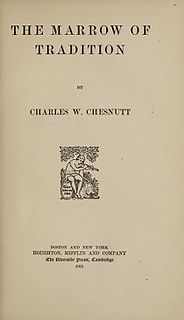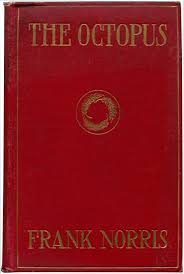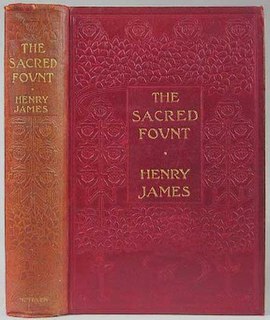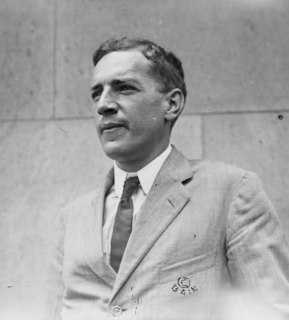 W
WThe American Diary of a Japanese Girl is the first English-language novel published in the United States by a Japanese writer. Acquired for Frank Leslie's Illustrated Monthly Magazine by editor Ellery Sedgwick in 1901, it appeared in two excerpted installments in November and December of that year with illustrations by Genjiro Yeto. In 1902, it was published in book form by the New York firm of Frederick A. Stokes. Marketed as the authentic diary of an 18-year-old female visitor to the United States named "Miss Morning Glory" (Asagao), it was in actuality the work of Yone Noguchi, who wrote it with the editorial assistance of Blanche Partington and Léonie Gilmour.
 W
WDot and Tot of Merryland is a 1901 novel by L. Frank Baum. After Baum wrote The Wonderful Wizard of Oz, he wrote this story about the adventures of a little girl named Dot and a little boy named Tot in a land reached by floating on a river that flowed through a tunnel. The land was called Merryland and was split into seven valleys. The book was illustrated by artist W. W. Denslow, who had illustrated three previous Baum books.
 W
WThe Helmet of Navarre is a historical novel by American writer Bertha Runkle published in 1901. It first appeared in serial form in the magazine The Century Magazine in 1900. Later, she adapted the novel for the stage.
 W
WThe Marrow of Tradition (1901) is a historical novel by the African-American author Charles W. Chesnutt, set at the time and portraying a fictional account of the Wilmington Insurrection of 1898 in Wilmington, North Carolina.
 W
WThe Master Key: An Electrical Fairy Tale, Founded Upon the Mysteries of Electricity and the Optimism of Its Devotees is a 1901 novel by L. Frank Baum, author of The Wonderful Wizard of Oz. It was illustrated by F. Y. Cory.
 W
WMr. Munchausen is a novel by John Kendrick Bangs, written in the style that has become known as Bangsian fantasy. It is the fourth book of Bangs' Associated Shades series.
 W
WMrs. Wiggs of the Cabbage Patch is a 1901 novel by American author Alice Hegan Rice, about a southern family humorously coping with poverty. It was highly popular on its release, and has been adapted to film several times.
 W
WThe Octopus: A Story of California is a 1901 novel by Frank Norris and was the first part of an uncompleted trilogy, The Epic of the Wheat. It describes the wheat industry in California, and the conflicts between wheat growers and a railway company. Norris was inspired to write the novel by the Mussel Slough Tragedy involving the Southern Pacific Railroad. In the novel he depicts the tensions between the railroad, the ranchers and the ranchers' League.
 W
WThe Sacred Fount is a novel by Henry James, first published in 1901. This strange, often baffling book concerns an unnamed narrator who attempts to discover the truth about the love lives of his fellow guests at a weekend party in the English countryside. He spurns the "detective and keyhole" methods as ignoble, and instead tries to decipher these relationships purely from the behavior and appearance of each guest. He expends huge resources of energy and ingenuity on his theories, much to the bemusement of some people at the party.
 W
WUpton Beall Sinclair Jr. was an American writer, muckraker, political activist and the 1934 Democratic Party nominee for Governor of California who wrote nearly 100 books and other works in several genres. Sinclair's work was well known and popular in the first half of the 20th century, and he won the Pulitzer Prize for Fiction in 1943.